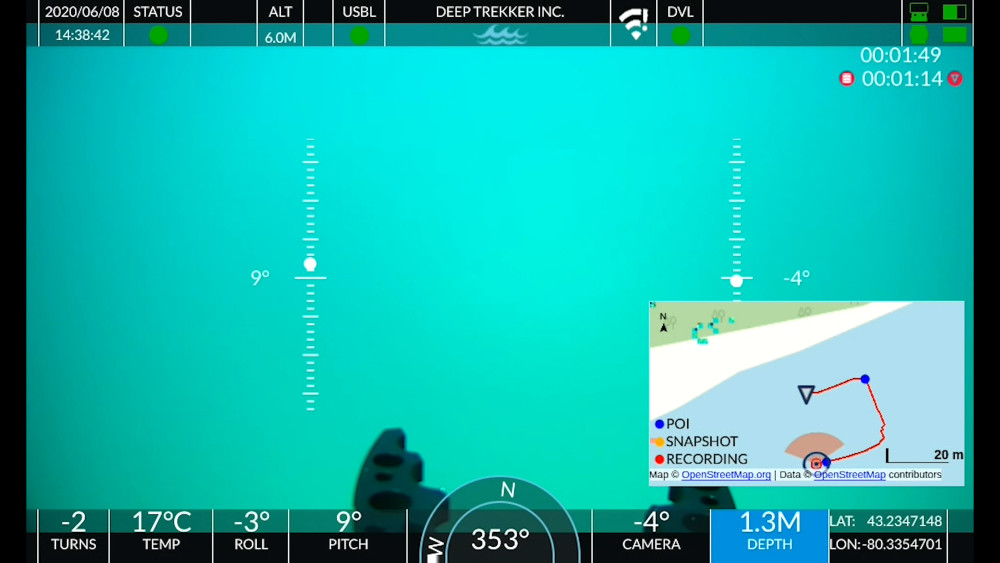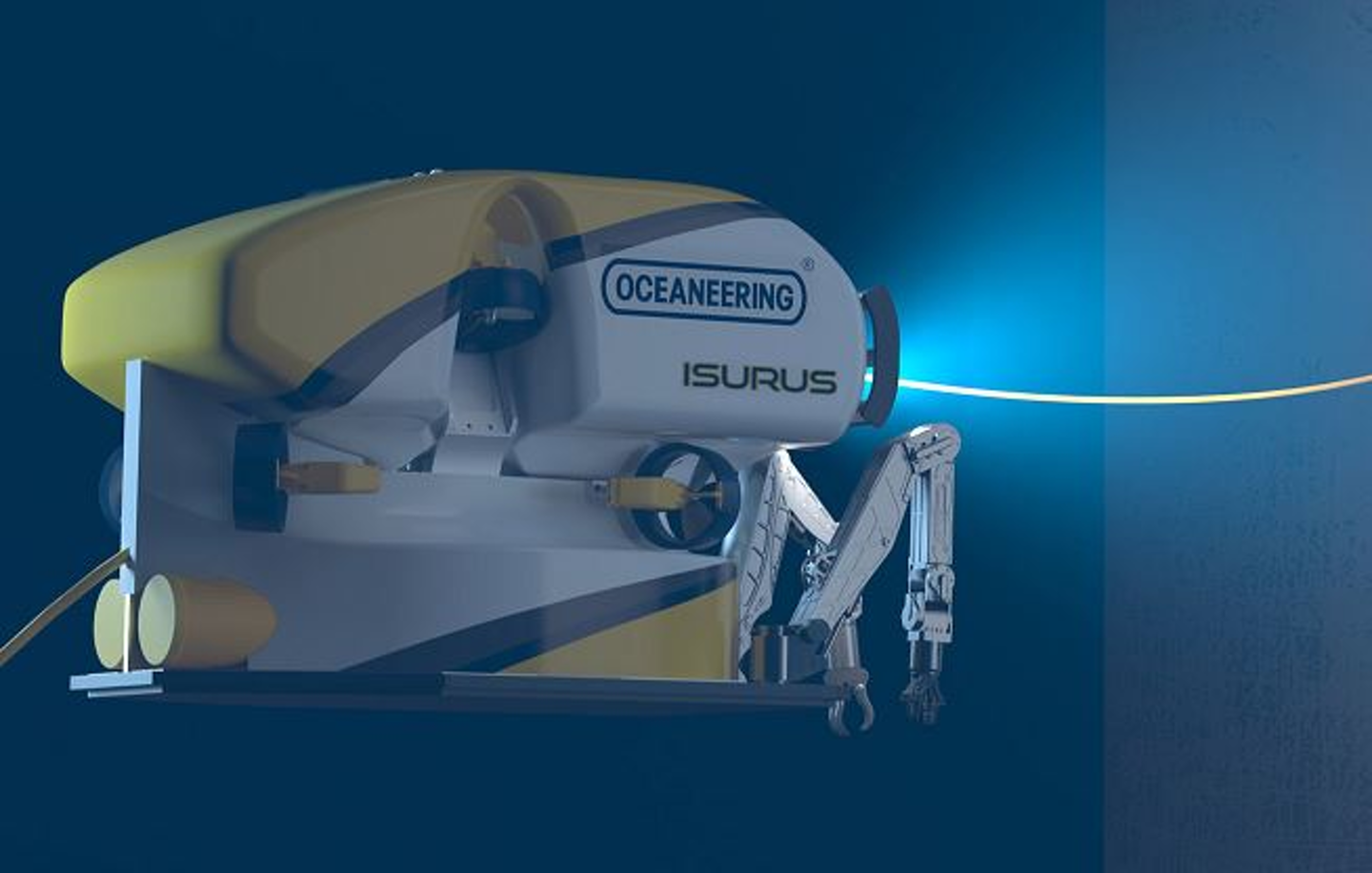Home › Forums › Miscellaneous › Odds and Sods › Traffic signals should get the red light (UK)
- This topic has 2 replies, 3 voices, and was last updated 14 years ago by
saso safetysigns.
-
AuthorPosts
-
May 21, 2009 at 9:37 am #2484
James McLauchlan
ParticipantIn the UK a London council plans to reduce congestion and road accidents by removing traffic lights. Others should follow its lead

Harry Phibbs
guardian.co.uk, Wednesday 6 May 2009 13.30 BSTWhy stop at traffic lights? Once you’ve seen one you’ve seen them all. Ealing council in west London is taking radical action to tackle the misery of traffic jams on their streets. It is bagging over some traffic lights. As with much innovation, the evidence emerged partly by accident. The lights failed at a busy junction and the traffic flowed better than before.
The philosophy behind the move is that accidents, as well as congestion, are reduced when motorists show greater individual responsibility, rather than mentally switching off to behave like automata. Common sense and courtesy prevail against the mindlessness of sitting at a red light for no reason other than that the state tells us to. Discretion and give-and-take also work well for pedestrians. Traffic lights are a spur to frustration which can spill over into road rage.
While innovative in British terms, Ealing is following the example of the northern Dutch town of Drachten, which since 1999 has been gradually getting rid of its traffic lights. Journey times have fallen, and so have accidents. On one junction the number of crashes has decreased from 36 in the four years before the scheme to two in the following two years. There is also anecdotal, although not statistical, evidence that road users smile more. Perhaps there should be a town twinning between Drachten and Ealing.
But while other councils will be looking with considerable interest at what happens in Ealing, their original motivation was not trailblazing but the more mundane matter of reflecting the priorities of those who live in the borough.
"Residents have said, through the most recent annual residents’ survey, that they are fed up with traffic congestion," says David Millican, cabinet member for transport and regeneration in Ealing council.
"The pinch points are at the junctions and cause the most congestion. So Ealing council is doing something about it. We’re just using common sense and not spending vast amounts of money. Small changes will have a big effect.
"How many times have we waited at a junction and nothing is happening? No cars are moving, no pedestrians are crossing. Nothing. Just wasted time, adding to our frustrations. So we will bag over some traffic lights and allow motorists and pedestrians to trust each other. We’ll put in some mini-roundabouts, give-way signs and zebra crossings. This will allow a more constant flow of traffic and pedestrians. We’ll still need traffic lights on the really busy junctions, particularly on the main roads."
If traffic congestion in Ealing is reduced, the quality of the air the locals breathe will improve. Martin Cassini, of Roads FIT for People, says: "Imperial College reports that air pollution in London exceeds all environmental and health guidelines – 4×4 drivers are demonised, but 4×4 emissions are insignificant compared with avoidable emissions produced by traffic controls. It has been suggested that vehicle emissions cause 10 times as many deaths as accidents."
In the past, Ealing could have expected its initiative to be squashed under the big clunking fist of Ken Livingstone. He imposed 1,800 new sets of traffic lights across London (at a maintenance cost of £10,000 a year each.) He also rephased traffic lights to increase congestion. Red Ken equalled red light; small wonder that, despite motorists paying a congestion charge, they ended up with more, not less, congestion, as a report from Transport for London admitted.
Was this increased congestion the secret plan all along? In an interview published in November 1999, before he was elected mayor of London, Livingstone said: "I hate cars. If I ever get any powers again I’d ban the lot." Perhaps he thought traffic jams were a good way to punish motorists.
Ealing council will not find much resistance to their proposals from Livingstone’s successor, Boris Johnson. "I have to say I was driving around Ealing one Sunday and I found the traffic lights absolutely insane," he told the London assembly last October. "Insane. There was hardly any pedestrian traffic to speak of and we were being kept at red for minute after minute. I would not say hour after hour because that would be an exaggeration. But the thing was totally crackers and it needs to be addressed."
The electric traffic light is an American invention that first appeared in this country in Wolverhampton in 1927. It is a device inimical to the British character of waiting our turn. The British people should be trusted. When given freedom, a spontaneous order emerges, not anarchic chaos. We form a polite queue.
If traffic lights do not improve safety or traffic flow then what is their justification? If, when they are removed, it is found that traffic flow and safety improve, then let us systematically remove more. We should proceed with caution, but I suspect that Ealing will give us the green light.
Source: http://www.guardian.co.uk/commentisfree/2009/may/06/traffic-lights-london-ealing
May 21, 2009 at 11:44 am #23416Martin Wareham
ParticipantThey’ve been doing it in the States/Houston for ages.
It works quite well, you give way to the person that arrives at the junction first, then wait your turn until it’s your time to go across the junction, they’re called 4 way stops at crossroads.
They also have a right turn on red policy where if you can see there’s nothing coming and you want to turn right and the traffic lights is red it’s OK.
Also in Italy traffic lights are treated as just a suggestion of what you should do rather than an absolute 😉
December 18, 2010 at 7:01 pm #23417saso safetysigns
ParticipantThey’ve been doing it in the States/Houston for ages.
It works quite well, you give way to the person that arrives at the junction first, then wait your turn until it’s your time to go across the junction, they’re called 4 way stops at crossroads.
They also have a right turn on red policy where if you can see there’s nothing coming and you want to turn right and the traffic lights is red it’s OK.
Also in Italy traffic lights are treated as just a suggestion of what you should do rather than an absolute 😉
At junction there is maximum chance of accidents can be possible because mostly on junction lots of traffic is there and everyone want to go fast. Mostly people try to cross the red lights which causes serious accident. Management should use traffic cameras to control the traffic accident.
-
AuthorPosts
- You must be logged in to reply to this topic.



